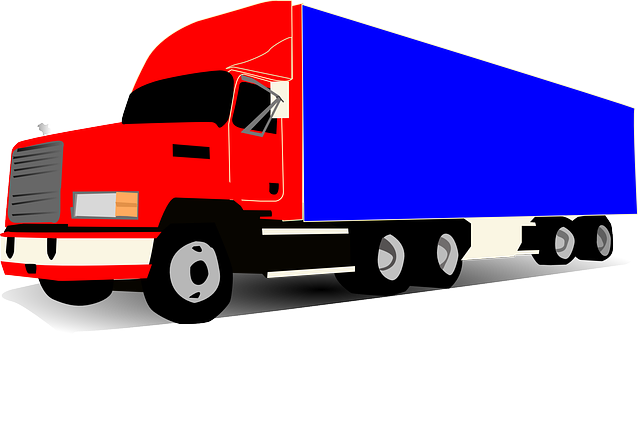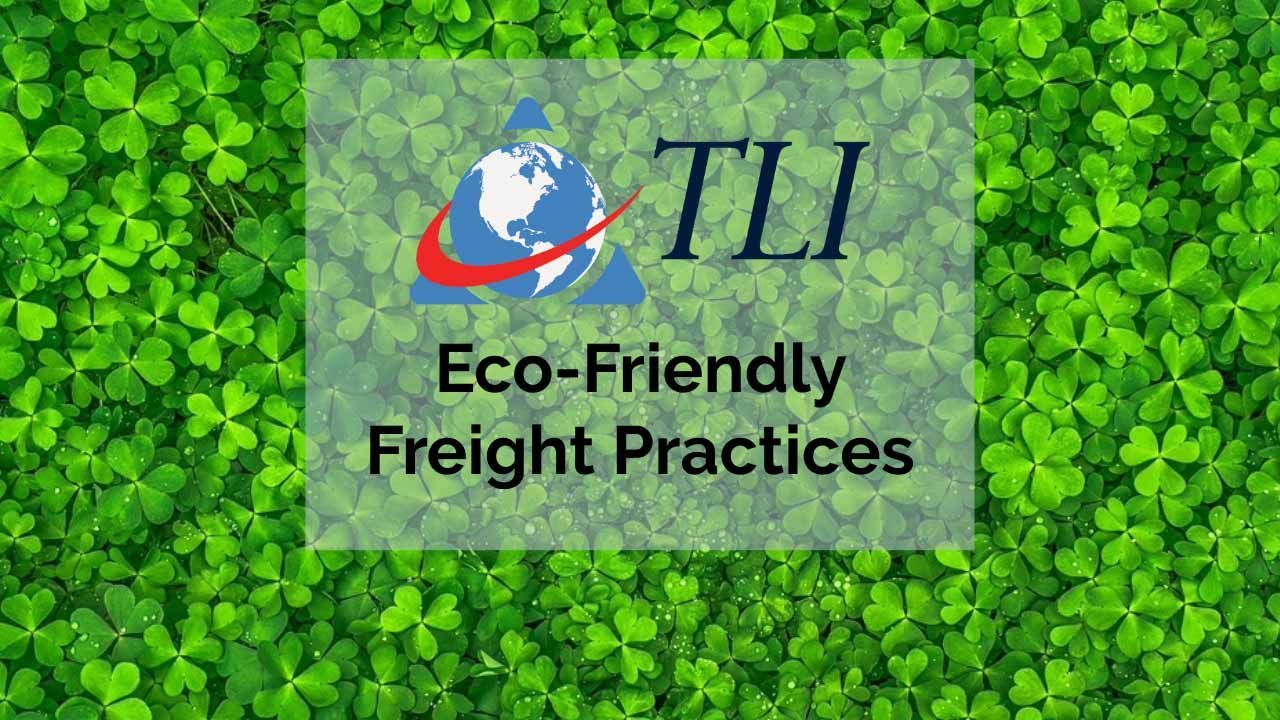Regulations & Risks to be Aware of When Hiring a Truck Driver
Hiring a Truck Driver
Hiring truck drivers involves understanding complex regulations that ensure safety and compliance. Awareness of relevant standards under the Occupational Safety and Health Administration (OSHA) and the Federal Motor Carrier Safety Regulations (FMCSRs) is crucial to minimizing risks. Here’s a breakdown of critical guidelines, including potential hazards and ways to safeguard your operations.
This article is for informational purposes only, and is not an all-encompassing list.

OSHA’s General Industry Standards (29 CFR 1910)
The OSHA guidelines under 29 CFR 1910, a set of general industry safety standards, are essential to protect employees from workplace hazards. They emphasize safety protocols that all employers must implement when hazards are likely in the work environment or during expected work activities. For truck drivers, these standards address several important areas:
- Access to Medical and Exposure Records: This regulation grants employees, their representatives, and OSHA access to medical records, including those related to exposure to toxic substances. Employers must maintain accurate exposure records, which help monitor driver health and alert them to potential long-term health risks.
- Personal Protective Equipment (PPE): Employers must provide truck drivers with necessary PPE, such as hard hats, gloves, or protective eyewear, especially when they may be exposed to hazardous environments like cargo handling sites. This equipment is free for employees and must be accompanied by effective training. If drivers are not equipped and trained on PPE, they face increased risks of injury, which can result in costly workers’ compensation claims and liabilities for employers.
- Hazard Communication: OSHA’s Hazard Communication Standard requires employers to label hazardous chemicals, provide Safety Data Sheets (SDSs), and train workers on safe handling practices. For truck drivers handling or transporting hazardous materials, these requirements prevent exposure to toxic substances and mitigate risks associated with chemical spills or leaks.
Understanding and following these OSHA standards are vital in safeguarding both driver and public safety, reducing the risk of exposure to harmful materials, and minimizing legal liabilities.
FMCSA Safety Regulations for Truck Drivers
The Federal Motor Carrier Safety Administration (FMCSA) enforces several specific safety standards under the Federal Motor Carrier Safety Regulations (FMCSRs) to ensure that drivers operate in safe and lawful conditions. The following regulations outline critical requirements and help employers manage risks associated with hiring and retaining truck drivers:
- Part 382: Controlled Substances and Alcohol Use and Testing
Employers must register with the FMCSA's CDL Drug and Alcohol Clearinghouse, which tracks drivers’ drug and alcohol violations. All drivers must undergo testing before employment and periodically afterward, including after any accident. Record-keeping requirements ensure that employers track compliance effectively. A failure to monitor drug and alcohol use could lead to impaired driving, accidents, and significant liabilities. - Part 383: Commercial Driver’s License (CDL) Standards
This section enforces standards for obtaining and maintaining a CDL, covering qualifications and penalties. Drivers are required to hold a single CDL, which prevents drivers from bypassing safety standards by holding multiple licenses. Part 383 also sets disqualification guidelines for drivers who operate commercial motor vehicles (CMVs) unsafely, ensuring only safe and qualified drivers are on the road. Non-compliance with this regulation can result in fines and revoked operating privileges. - Part 391: Driver Qualifications
Employers must confirm that drivers meet minimum qualifications, including age, language proficiency, and physical fitness. Part 391 also includes guidelines for hiring instructors for long combination vehicles (LCVs). Proper driver vetting reduces risks associated with unqualified drivers, lowering the likelihood of road incidents and insurance costs. Neglecting these qualifications may lead to operational suspensions and penalties for employers. - Part 385: Safety Fitness
This section assesses a motor carrier's safety fitness by evaluating inspection history, accident records, and compliance with safety standards. Employers should understand that a poor safety rating can limit their operating authority, affect their reputation, and increase costs associated with insurance premiums. Implementing safety best practices for drivers can improve ratings and ensure regulatory compliance.
Risks of Non-Compliance
Failure to follow these regulations can lead to severe consequences, including:
- Legal Penalties: Non-compliance with DOT, OSHA or FMCSA standards can result in significant fines, increased insurance premiums, and potential litigation. It can also lead to license suspensions, impacting business continuity.
- Increased Accident Liability: Without thorough adherence to PPE, hazard communication, and CDL standards, the risk of accidents, injuries, and hazardous exposure for drivers escalates. This can lead to costly claims and damage to a company’s reputation.
- Operational Interruptions: Violating driver qualification requirements or failing safety fitness assessments can limit operational capacity, and tie up equipment, leading to delays and lost revenue.
Following these regulations isn’t just about avoiding penalties—it’s about ensuring a safer, more productive, and legally compliant work environment for drivers. By actively adhering to OSHA’s general industry standards and FMCSA regulations, employers can help protect their workforce, avoid regulatory risks, and maintain a solid safety reputation in the trucking industry.
Hours of Service Regulations
For more specific details on Hours of Service (HOS) regulations, please refer to this page:
TLI Insights
Get the latest logistics insights and tips from Translogistics’ award-winning team. Stay ahead in transportation planning.
Questions? Email us at marketing@tli.email



